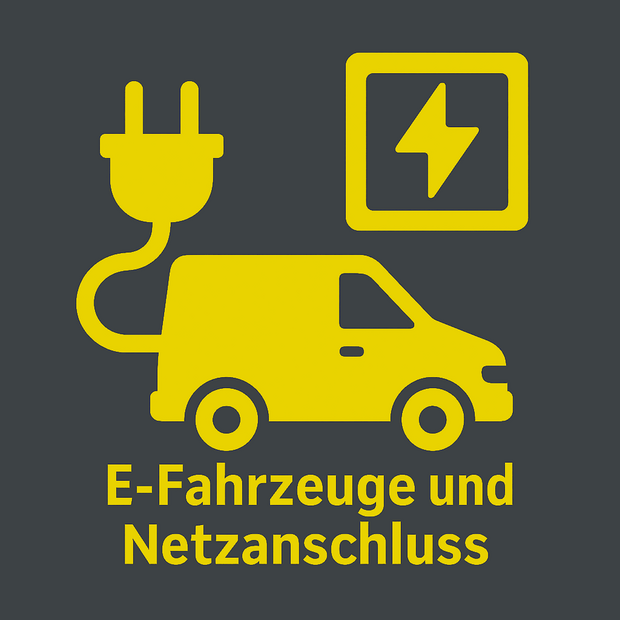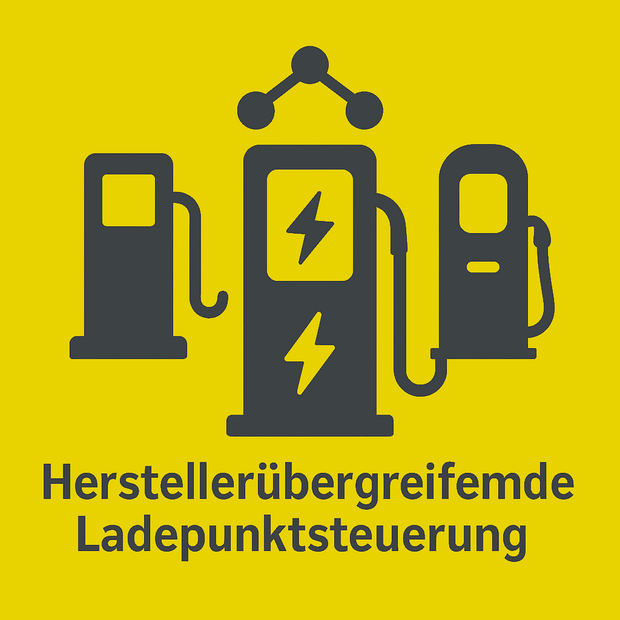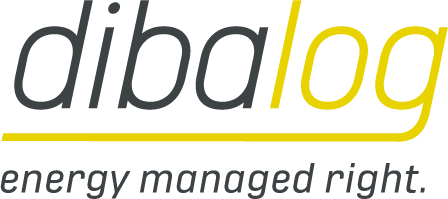
Electromobility in the workplace – new challenges for your power supply
Demand management charging infrastructure reduces costs and protects against grid expansion
The electrification of business mobility is progressing rapidly. More and more companies are converting their vehicle fleets to electric vehicles - from forklift trucks to vans. This significantly increases the amount of electricity required for operation, especially due to fast charging systems with up to 250 kW charging power per point. This additional load often leads to expensive peak loads and exceeds the existing grid capacity. In older commercial areas or existing properties, expanding the grid connection is technically complex, cost-intensive or cannot be implemented by the grid operator. This is precisely where our intelligent demand management for charging infrastructure comes in. With EOS, you can control charging processes so efficiently that existing grid connections remain sufficient - without any additional connection fees or conversions.

Dynamic control of all charging points – regardless of the manufacturer
Cross-manufacturer charging management ensures maximum flexibility.
Many charging stations available on the market have integrated demand management. However, this can often only coordinate the same manufacturer's own devices - and usually in limited numbers. Our EOS system goes much further: It integrates all charging points from different manufacturers and regulates them synchronously, dynamically and according to demand. This allows you to set up or expand charging parks as required without having to rely on proprietary systems. By supporting common interface protocols such as OCPP, EOS can be integrated into almost any existing or planned charging infrastructure. This flexibility makes your e-mobility infrastructure future-proof and opens up new economic opportunities - regardless of technology and location.
Relieve the grid connection
Make optimal use of existing connections
EOS avoids peak loads and prevents costly network connection expansions, which lowers your electricity costs.
Cross-manufacturer control
Central control of all charging stations
EOS manages all charging points regardless of the manufacturer, allowing you to efficiently manage your infrastructure.
Dynamic demand management
Optimize energy distribution in real time
The system dynamically adjusts the load, keeping the maximum energy demand stable and reducing grid fees.
Expand charging infrastructure
Expansion at no additional cost
With EOS, you can easily expand your charging points without creating additional grid load.
Eligible for funding and economically viable
Utilize government funding
Benefit from attractive funding opportunities through BAFA and KfW, which can significantly reduce your investment costs.
Future-proof and scalable
Scalable solution for your e-mobility
EOS can easily adapt to growing charging requirements without overloading the grid capacities.

Reduce network fees – through centralized performance optimization
Reduce network charges by targeted management of all consumers.
The introduction of a company-wide load management system for charging infrastructure is not only economically sensible but also eligible for funding. EOS can be combined with programs from BAFA and KfW to secure investments in charging parks or infrastructure measures. This allows the expenses for the system to pay off after a short time—especially compared to an expansion of the grid connection. At the same time, with EOS, you meet key requirements for sustainability, energy efficiency, and security of supply. You receive a system that grows with your company and reliably supports you through the next phase of your electric mobility. This way, you achieve maximum cost-effectiveness with minimal effort—in line with a modern energy management.

Eligible for funding and future-oriented – with quick amortization
Avoid peak loads at charging points and take advantage of government funding.
The introduction of a company-wide load management system for charging infrastructure is not only economically sensible but also eligible for funding. EOS can be combined with programs from BAFA and KfW to secure investments in charging parks or infrastructure measures. This way, the expenses for the system pay off after a short period – especially compared to expanding a grid connection. At the same time, with EOS, you meet key requirements for sustainability, energy efficiency, and supply security. You receive a system that grows with your company and reliably supports you through the next phase of your electric mobility. This allows you to achieve maximum profitability with minimal effort – in line with modern energy management principles.
Summary: Charging infrastructure - demand management
demand management charging infrastructure
Intelligent demand management enables the operation of charging points without expanding the grid connection and prevents expensive power peaks through dynamic control.Cross-vendor charging management
EOS controls charging points from different providers synchronously via common protocols such as OCPP - for maximum flexibility and investment security.Reduce grid charges
The simultaneous optimization of all controllable consumers reduces the grid load, which significantly reduces grid charges and keeps energy costs stable.Dynamic charge point control
The charging processes are automatically adapted to the current utilization of the grid connection - without affecting operating processes or vehicle availability.Designing future-proof e-mobility infrastructure
EOS enables the gradual expansion of charging infrastructure during operation without incurring additional grid costs or technical restrictions.Funding from BAFA and KfW
The investment in EOS can be combined with funding programs and pays for itself quickly - especially in comparison to a grid connection expansion.


